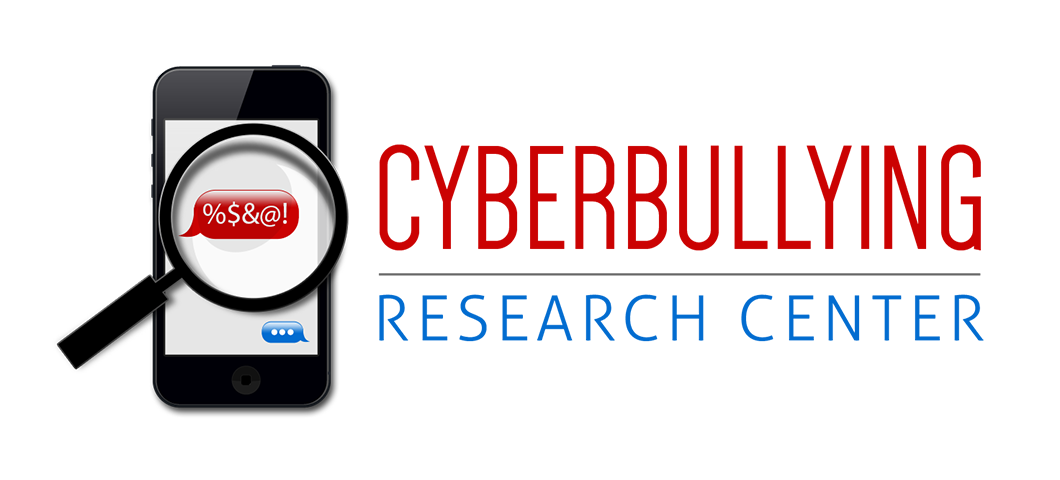
Technology has given students immeasurable opportunities to communicate with friends and collaborate on schoolwork. Of course it also allows those with ill-intent to use high-tech avenues as mediums to be mean. One question that we have been exploring is the extent to which technology has created a whole new class of bullies. Think about it: if I want to be cruel to someone else, but perhaps don’t feel comfortable or confident to do so at school, I may turn to the Internet. This may be because I am extremely comfortable with various social media environments, or because I need time to craft my ingenious hateful statement or brilliant plan to humiliate someone else, or because I would get beat up if I tried to do it in person, or because I would get caught easier at school.
I was recently looking at our 2010 data from over 4,400 middle and high school students who we randomly selected from one large school district to explore this question. What I found was that there were very few students who had reported that they cyberbullied others but who had not bullied others at school. Specifically, 34% of the sample had bullied at school only, 10% had bullied at school and online, but just 1.1% had bullied online only. So most of those who are doing the bullying online are also doing the bullying at school (90% of the cyberbullies are also school bullies).
Traditional and Cyberbullying (N=4,441)
Not a bully – 54.6%
Bully at school only – 34.4%
Bully online only – 1.1%
Bully at school and online – 9.9%
So what does this mean for how we should respond to cyberbullying? First, some educators have argued that if the behavior does not happen at school, there is nothing that they can do. While this perspective is incorrect, as we have pointed out on this blog before, the research shows is there is a high likelihood that a student who is involved in cyberbullying is also involved in bullying at school. Either way, educators should be involved in appropriately and reasonably responding to all bullying, no matter where it happens, if those behaviors inhibit the ability of students to learn and feel safe at school.
Second, the causes of bullying are likely similar irrespective of the environment in which the bullying takes place. That is, whatever causes a student to bully online will undoubtedly also cause them to bully wherever they are. As much as technology has made it easier to connect with others at any time and from just about any place, the trigger or primary opportunity for bullying still appears to come at school. It will be interesting to see if this might change over time. Most people we speak to often assume that cyberbullying is occurring with more frequency than traditional schoolyard bullying. Maybe that is because most of what we hear about in the news are cases of cyberbullying or because technology is so much more widespread among teens than ever before. The reality, however, is that most bullying is still happening at school.
In our sample, 7.5% of students had been cyberbullied compared to 25.8% who had been bullied at school (in the previous 30 days). And we are not the only researchers to have observed this. For example, the School Crime Supplement of the National Crime Victimization Survey added a handful of cyberbullying questions to their survey in 2009 and those data (the most recent available) showed that 28% of students reported being bullied at school while 6% reported being bullied “by electronic means anywhere.” As much as the conventional wisdom would suggest that cyberbullying is occurring with greater frequency than schoolyard bullying, it just isn’t (see also Bullying in a Networked Era: A Literature Review).
These findings do raise some interesting follow-up questions for additional study. For example, are there certain characteristics that are unique to the group of students who specialize in only one form of bullying? Are interventions that focus on reducing bullying generally also effective at reducing cyberbullying (or vice versa)? Are there certain features of schools (or web environments) that make them more or less inviting of different types of bullying? There is always so much more research to do…and we will keep working to do it!








Can you site the article the data originally appeared in? How did you define “bullying” when 25.8% of students said they had been bullied at school (excluding online)?
Hi Matt – thanks for the note. These data have not been published, I was simply looking at our data to explore the nature of the relationship. We use a version of Olweus’ operationalization for bullying which you can see spelled out in many of our papers. See, for example: Patchin, J. W. &
Hinduja, S. (2011). Traditional and nontraditional bullying among youth:
A test of general strain theory. Youth and Society, 43(2), 727-75
Really good post. Shows some important facts about bullying at school and how that affects bullying outside of school. 90% of people cyberbullying are the bullies at school as well! Great points about teachers and their roles in bullying at school. If we work hard in confronting bullying at school we can limit it greatly by electronic means.